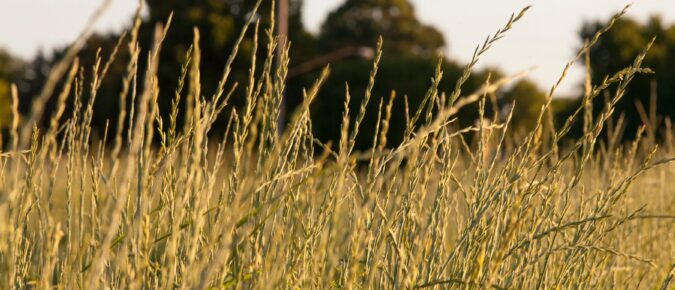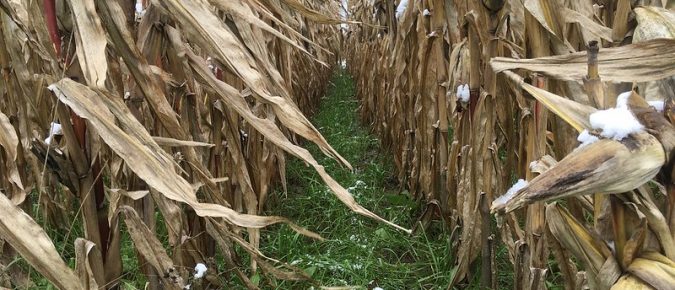In years of low commodity prices, most farmers think about where they might be able to cut costs. Some might begin to think about alternative crops can fit into row crop production. Enter the sunflower.
In this video, Dr. Shawn Conley, UW–Madison Soybean and Small Grains Specialist, shares early-season decision cues for managing soybeans and winter wheat.
Adding wheat back into the corn and soybean-dominant grain rotations in Wisconsin can yield dividends that are not captured in the price at the elevator and can maximize profitability over time.
Dr. Erin Silva, professor of organic agriculture at UW–Madison, shares practical spring strategies for organic weed management in grain systems.
Integrated with cultural control practices such as variety selection for disease resistance and crop rotation, fungicides can be an important tool of integrated disease management for small grain systems.
Nutrients are vital for crop development and yield outcomes, but they are also an input cost that should be optimized for profit; not yield alone. This document serves as a centralized resource containing soil fertility information for small grain crops.
Without insulating snow, wheat plants are exposed to freezing conditions, damaging their crowns and roots. Assessing stands in the spring will help producers determine if their crop has survived and is strong enough for a good yield.
The second Focus on Forage webinar in the 2025 series, Focus on Corn Silage, features research-based corn silage resources and management strategies to keep fields productive over time.
By following these guidelines, farmers growing, storing and feeding corn silage can minimize the risks posed by mycotoxins and ensure a healthier, more productive livestock feed supply.
In 2024, grain and silage performance trials were planted at 12 locations in four production zones: the southern, south central, north central, and northern zones. The purpose of these trials is to provide unbiased performance comparisons of hybrid seed corn for grain and silage available in Wisconsin.
Using datasets from large numbers of farms, Dr. Jeff Hadachek created a model that allows farmers to input their own costs to see how their bottom line would be affected if they implemented specific conservation practices. Read more and access the tool here.
As more farmers have now grown up in the age of computers and software development, we are starting to see an increase in open-source projects related to agriculture. Open-source software (OSS) is a software product for which the code is freely available to the public to use or modify.

















